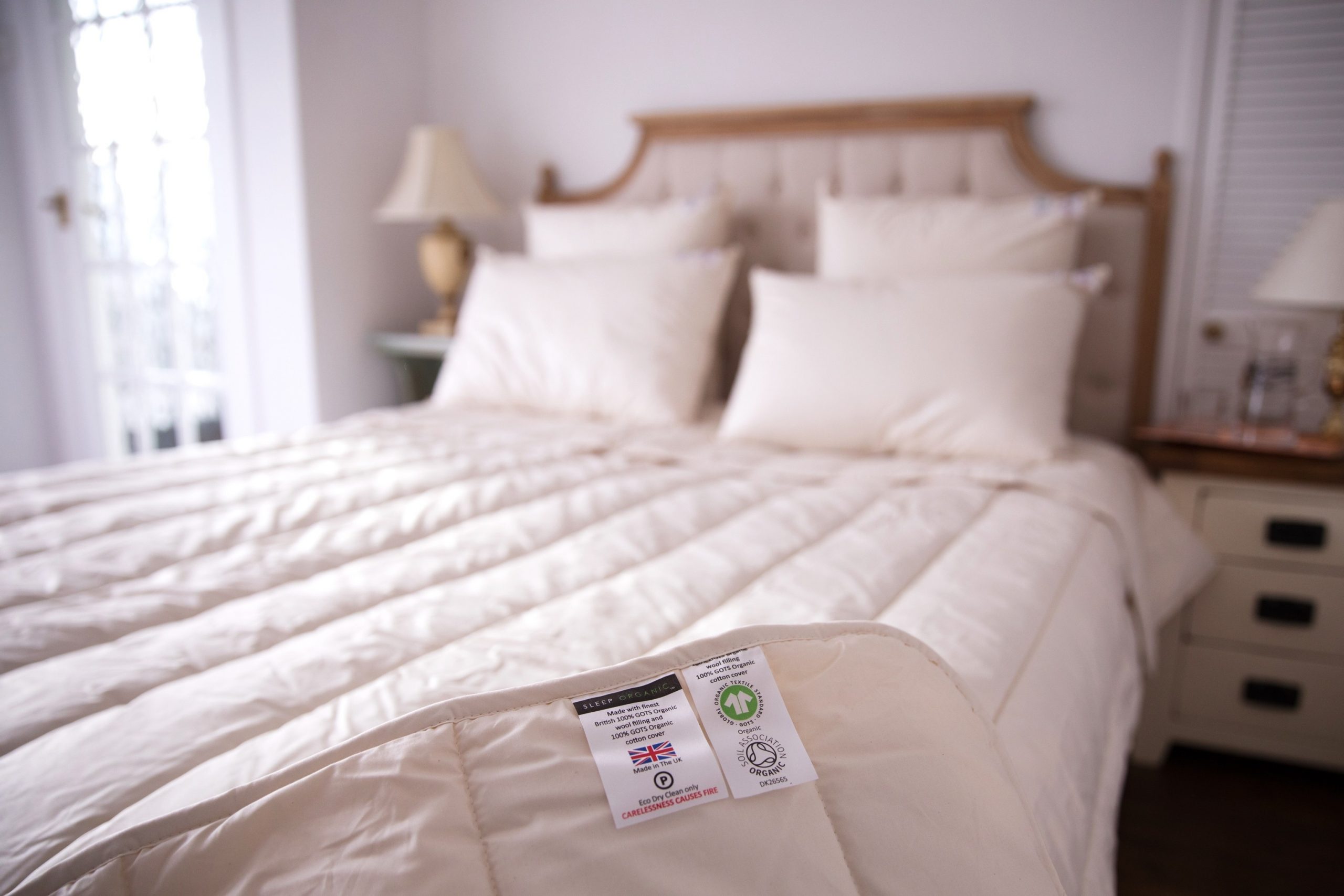A duvet is a must-have for any bedroom. When you’re in bed, she’s the one who provides you warmth and security. But you must know how to pick it correctly! As a result, in this post, you will learn about the many varieties of duvets and what is required to select the best one. Because this is an investment, you must be certain of your decision and weigh your possibilities. Overwhelmed by the amount of current upholstery options, we describe the various options, together with their benefits and drawbacks. Each filling can meet your expectations for a restful night’s sleep to a greater or lesser extent.
The different Duvet materials
Duvet fillings come in a variety of styles. Depending on your needs and expectations, it is important to understand the qualities of each of them so that you can make an informed decision. To profit from the ideal duvet for you, be certain of your demands and expectations.
Down duvet
A duvet made primarily of duck or goose down with a little proportion of feathers. They are well-known for their insulation, which keeps you warm. The main downside of down is that it may not wick moisture away from its own heat. They can also trigger allergies in certain persons who are especially sensitive.
Natural fibre duvet
Natural fibre duvets are made mostly of cotton or silk. These fibres are lightweight and supple. They are also appropriate for persons with sensitive skin or allergies. The main disadvantage is that silk duvets are more expensive; this is a significant expenditure.
Synthetic Duvets
Synthetic duvets are less costly than down duvets. The fact that they are loaded with polyester explains this. They are intended to evoke the same sensation as natural-fiber duvets. To get the same level of warmth as a down duvet, for example, a filling that can contain air is required; this is the weight. Furthermore, synthetic duvets do not induce allergies.
Select the duvet insert size
The size of the wool duvet, believe it or not, is vital for comfort and a good night’s sleep. Longer and broader duvets not only make your bed seem nicer, but they also provide a little of comfort by enabling you to toss around beneath.
Consider the size of the mattress and the bed frame when selecting a duvet insert. Also, examine the bed’s location — is it against a wall or freestanding? With a large duvet and duvet coverings, a free-standing bed may be elegantly designed. However, if it is near to a wall, a big duvet will be inconvenient.
Select the duvet insert’s weight
What is the temperature in your room on a regular basis? When choosing on the weight or thickness of your wool duvet, this is one of the first things to think about. Summer, winter, and extra warm are the three weights we provide. That doesn’t mean you have to stick to just three weight options, though; we also have a matched option.
Select the duvet insert’s fabric
The fabric for your wool duvet will be chosen next. We picked fabrics that will help the wool batting in our duvets operate better. If you want something else, you can always go through our fabric swatches and buy a custom duvet cover. We recommend our 100% Cotton (lightweight), 50% Linen/ 50% Cotton Blend, and 100% Virgin Wool Fabrics.

